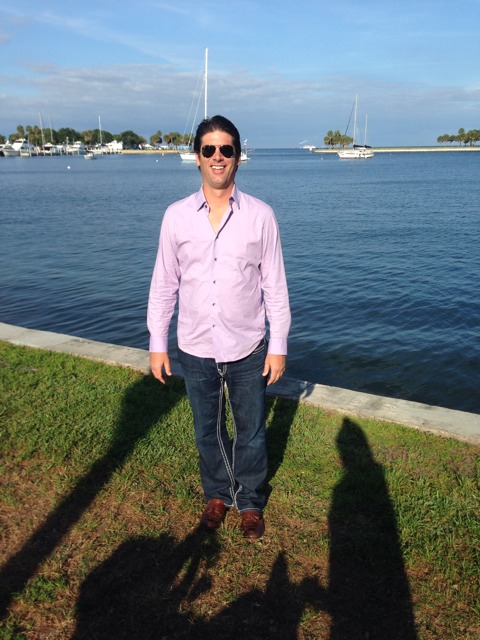The U.S. could save billions of dollars annually in health care costs by coordinating public health resources at the federal, state and local levels to focus on preventive health care,
according to a report released Tuesday by Trust for America's Health,
Reuters reports.
Report Details
The report outlines a plan to "move from sick care to health care" by directing more resources to preventing chronic illnesses, rather than treating them (Begley, Reuters, 1/29).
At the federal level, the report criticized HHS' recent attempts to coordinate efforts between its different agencies as being too slow. It said that HHS agencies often work independently on different health problems even though some have "overlapping functions and serve overlapping populations." Specifically, the report noted that CDC programs often are "siloed and based on diseases and conditions," rather than offering integrated and focused prevention strategies.
The report also suggested that the federal government increase public health funding and streamline its technology, which supports more than 300 health surveillance systems and networks.
At the local level, the report urged public health departments to take more responsibility for the public's health and strengthen their role as the health leaders in their community.
TFAH Executive Director Jeffrey Levi
in a statement said, "Prevention delivers real value as a cost-effective way to keep Americans healthy and improve their quality of life" (Barr,
Modern Healthcare, 1/29).
Health Care Economists Refute Savings From Preventive Services
Health care economists have refuted the idea that investing more in preventive services would lower costs, Reuters reports. Health care economists have found that many preventive care services are costly and offer little or no benefit to individuals, such as annual physicals for health adults.
Ateev Mehrota, a health care analyst at RAND, noted that about one-third of U.S. adults get an annual physical for a total cost of about $8 billion annually.
Further, preventive care nets few savings because many people need to be screened to prevent a single, costly illness. For example, a
study published in the journal Health Affairs in 2010 found that if 90% of U.S. residents used proven preventive services, it would reduce U.S. health care spending by just 0.2%.
"[P]revention itself costs money, and some preventive measures can be very expensive, especially if you give them to a lot of people who won't benefit," Peter Neumann, a health policy expert and professor at Tufts University School of Medicine, said.




































